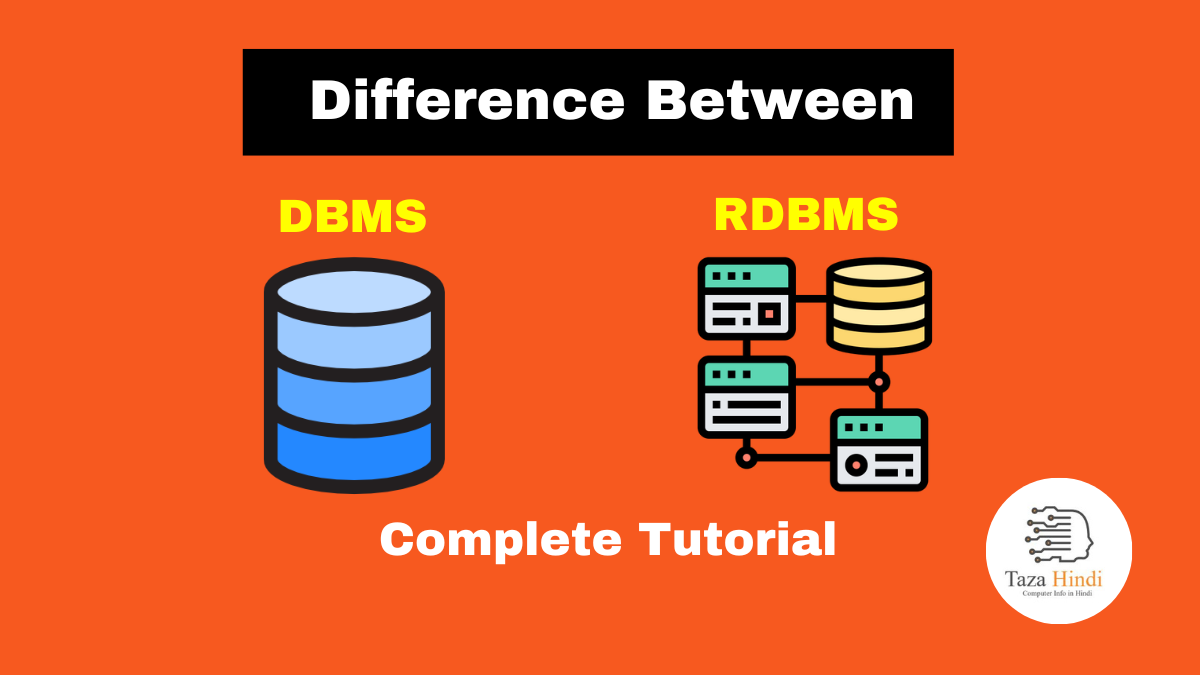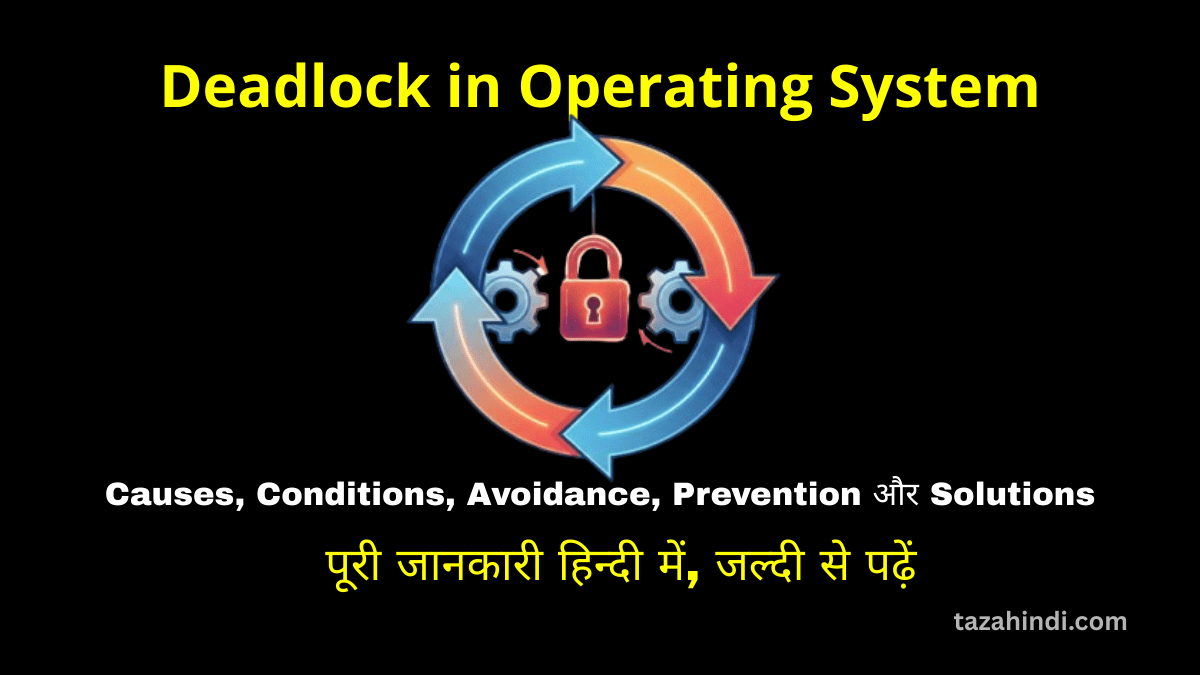In the world of data management, two terms that often come up are DBMS and RDBMS. While they both deal with the management of databases, there are significant differences between the two. In this article, I will explain all basic concept like what is DBMS, RDBMS, their purposes, roles in managing databases, core components and functionalities, features, benefits and then give a comprehensive difference between DBMS and RDBMS.
What is DBMS?
DBMS, or Database Management System, is a software application that enables users to create, manipulate, and manage databases. It acts as an intermediary between users and the physical database, providing an interface to interact with the data stored in the system. DBMS allows users to define, store, retrieve, update, and delete data efficiently.
Purpose of DBMS
The primary purpose of a DBMS is to provide an organized and structured approach to data management. It ensures data integrity, security, and consistency by enforcing data validation rules, access controls, and maintaining relationships between different entities in the database. DBMS also provides data independence, allowing applications to access and manipulate data without being concerned about the underlying physical storage.
Role of DBMS in managing databases
DBMS plays a crucial role in managing databases by providing various functionalities. It offers a data definition language (DDL) to define the database schema and data types. A data manipulation language (DML) allows users to insert, update, retrieve, and delete data. Additionally, DBMS provides a data control language (DCL) to manage user access rights and privileges.
Also Read : How to Learn MongoDB from Scratch
Core components and functionalities of a DMBS
A DBMS consists of several core components and functionalities. The storage manager handles the physical allocation and organization of data on storage devices. The query processor optimizes and executes queries efficiently. The transaction manager ensures the ACID properties (Atomicity, Consistency, Isolation, Durability) of database transactions. The concurrency control manager handles concurrent access to data, preventing conflicts between multiple users or transactions. Lastly, the security manager enforces access controls and data protection measures.
What is RDBMS?
RDBMS, or Relational Database Management System, is a type of DBMS that organizes and manages data using a tabular structure of rows and columns. It is based on the relational model, introduced by Edgar Codd in the 1970s. RDBMS uses a set of predefined rules, called integrity constraints, to maintain the relationships between tables and enforce data consistency.
Purpose of RDBMS
The purpose of RDBMS is to provide a structured and efficient way of storing and managing large amounts of data. It enables users to define relationships between tables, ensuring data integrity through referential integrity constraints. RDBMS allows for complex queries using the structured query language (SQL) and provides a reliable and scalable solution for data management.
Role of RDBMS in managing databases
RDBMS plays a critical role in managing databases by providing a framework for creating and managing relational databases. It allows users to define tables, establish relationships between them, and perform operations like selecting, inserting, updating, and deleting data using SQL. RDBMS also handles query optimization, transaction management, and concurrency control to ensure data consistency and reliability.
Also Read : Top 10 Reasons Why MongoDB is Better than Other Databases
Features of RDBMS
RDBMS offers several features that distinguish it from other types of DBMS. One of the key features is the support for the relational model, which enables the organization of data into tables and the establishment of relationships between them. RDBMS also provides data normalization to eliminate redundancy and improve data integrity. Additionally, it supports advanced querying capabilities, such as joins, subqueries, and aggregate functions, to retrieve and manipulate data efficiently.
Benefits of RDBMS
RDBMS offers numerous benefits in terms of data storage and management. Some of the key benefits of RDBMS include:
- Data Integrity: RDBMS enforces integrity constraints, such as primary keys, foreign keys, and unique constraints, to maintain data accuracy and consistency. This ensures that the data stored in the database is reliable and trustworthy.
- Scalability: RDBMS allows for the scalability of databases by supporting the addition of new tables, rows, and columns without disrupting the existing data or applications. This makes it easier to accommodate growing data volumes and changing business needs.
- Data Security: RDBMS provides robust security mechanisms to protect sensitive data. It allows for access control at various levels, including user authentication, authorization, and encryption. RDBMS also offers backup and recovery options to safeguard data from loss or corruption.
- Data Consistency: RDBMS ensures data consistency by enforcing referential integrity. It guarantees that relationships between tables are maintained correctly, preventing inconsistencies or anomalies in the data.
- Data Independence: RDBMS provides data independence, separating the logical representation of data from its physical storage. This allows for flexibility in modifying the database schema or underlying storage without affecting the applications that use the data.
Also Read : Why MongoDB is the Future of Databases
Difference between DBMS and RDBMS
While DBMS and RDBMS share some similarities, there are fundamental differences between the two:
| Factors | DBMS | RDBMS |
| Data Organization | DBMS does not enforce a specific structure for data organization | RDBMS organizes data into tables with predefined relationships. |
| Data Model | DBMS can support various data models, such as hierarchical or network models. | RDBMS follows the relational model. |
| Query Language | DBMS may have its query language specific to the data model. | RDBMS uses SQL as the standard query language. |
| Data Integrity | RDBMS enforces referential integrity constraints, ensuring the consistency and accuracy of data relationships. | DBMS may not provide this level of data integrity. |
| Scalability | RDBMS offers better scalability by allowing for the addition of new tables and rows without disrupting the existing data. | DBMS may have limitations in terms of scalability. |
Also Read : Why Data Structures are important in Programming
Conclusion
Both DBMS and RDBMS play significant roles in managing databases, but they differ in terms of data organization, model, query language, data integrity, and scalability. DBMS provides a general-purpose approach to data management, whereas RDBMS offers a structured and efficient solution based on the relational model. Understanding these differences is essential for choosing the appropriate system based on specific business requirements and data management needs.
FAQs
-
Can DBMS and RDBMS be used interchangeably?
No, DBMS and RDBMS are not interchangeable terms. RDBMS is a specific type of DBMS that follows the relational model.
-
Which one is better, DBMS or RDBMS?
The choice between DBMS and RDBMS depends on the specific requirements of the project. If the data has a structured format and requires complex querying, RDBMS is generally a better choice.
-
Are there any alternatives to RDBMS?
Yes, there are alternative database systems, such as NoSQL databases, that provide different data models and scalability options compared to RDBMS.
-
Can RDBMS handle large-scale data?
Yes, RDBMS can handle large-scale data by providing scalability options like sharding, partitioning, and replication.
-
Is SQL only used in RDBMS?
SQL is primarily associated with RDBMS, but it can also be used in other types of DBMS that support the relational model.



